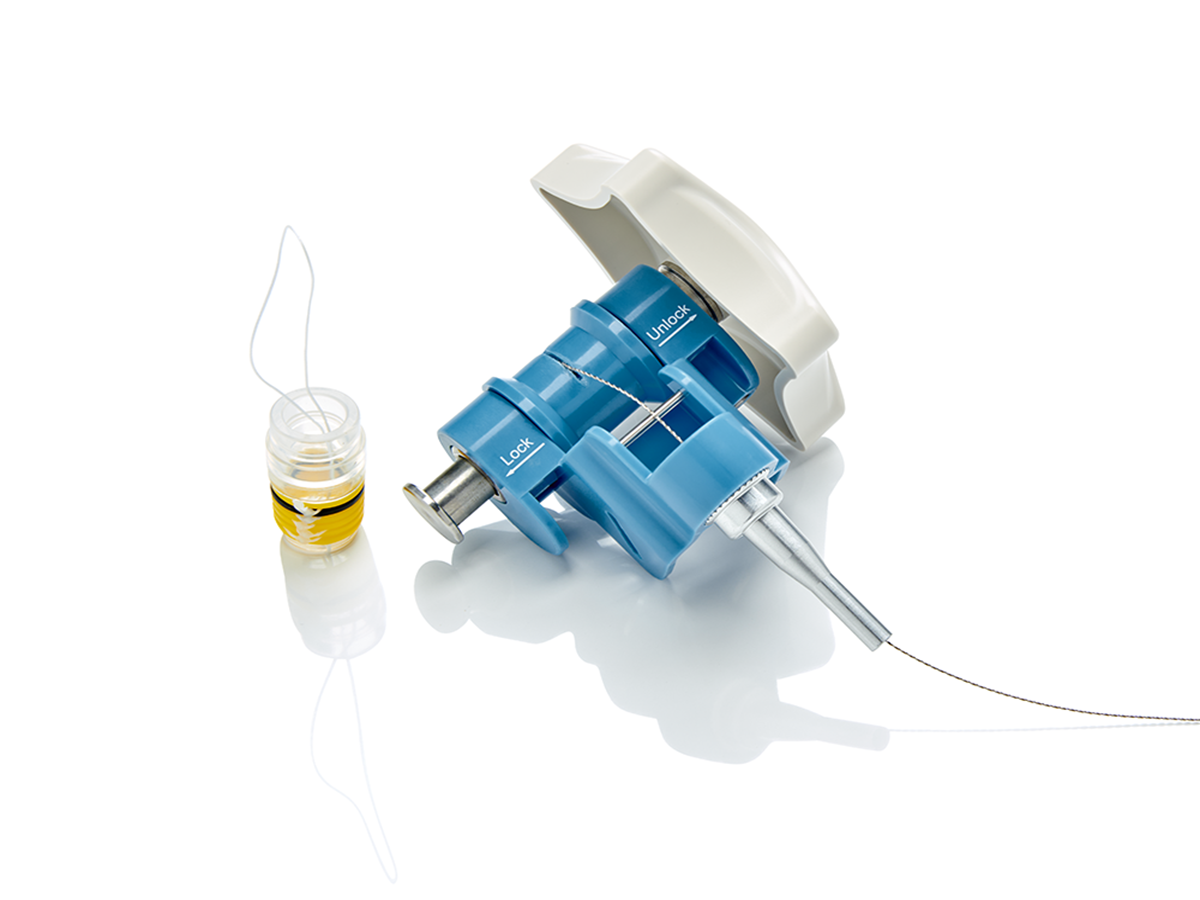Multi-band ligator

A multi-band ligator is a medical device used during endoscopic variceal ligation (EVL) to treat esophageal varices—dilated veins in the esophagus that can rupture and cause severe bleeding. This device is designed to place multiple elastic bands around the varices to cut off their blood supply, causing the veins to shrink and reduce the risk of bleeding.
The multi-band ligator allows for the placement of several bands in a single procedure, making it more efficient than single-band devices.
Key Features:
- Endoscopic Attachment: The device is attached to the end of an endoscope, allowing the physician to visualize and target varices accurately.
- Multiple Bands: Usually contains a series of 4-10 elastic bands loaded onto a cylindrical drum or cap, which is mounted at the tip of the endoscope.
- Trigger Mechanism: The physician uses a handle or trigger mechanism to release the bands onto the varices as needed.
- Rotational Capability: Some models can rotate for better positioning, allowing the operator to target multiple varices in a single session.
Common Uses:
- Esophageal Varices: Most commonly used in patients with liver cirrhosis, where portal hypertension causes veins in the esophagus to become swollen and prone to rupture.
- Gastric Varices: Less common, but multi-band ligators can also be used to treat varices in the stomach.
Procedure Overview:
- The endoscope, fitted with the multi-band ligator, is inserted into the patient’s esophagus.
- The physician identifies the varices.
- Using the trigger mechanism, the bands are deployed over the varices to constrict them.
- Over time, the varices shrink, and the bands fall off naturally.
Advantages:
- Efficiency: Allows for the placement of multiple bands in one session without having to reload the device.
- Minimally Invasive: Performed endoscopically, avoiding the need for open surgery.
- Quick Recovery: Patients generally recover quickly after the procedure with minimal discomfort.
Risks and Considerations:
- Potential for Ulceration: After banding, the treated areas can ulcerate as the varices shrink and die, though this usually heals on its own.
- Re-bleeding: There's a risk of recurrent variceal bleeding, so follow-up procedures might be necessary.
- Infection or discomfort: Some patients may experience throat discomfort or minor complications like infection at the banding sites.
Would you like more information on the procedure, different types of multi-band ligators, or their care and maintenance?